undaunted aerialist: Brown Nosed Coati (Nasua nasua), one of three kinds of coatis
Marwell Wildlife, Owslebury, Hampshire County, south England: big-ashb, CC BY 2.0, via Flickr @ https://www.flickr.com/photos/26673904@N00/10315935213
White-Nosed Coati (Nasua narica): one of three kinds of coatis
Tikal National Park, Petén Province, northern Guatemala: Dennis Jarvis from Halifax, Canada, CC BY SA 2.0, via Wikimedia Commons @ https://commons.wikimedia.org/wiki/File:Flickr_-_archer10_(Dennis)_-_Guatemala-1733.jpg
European hedgehog (Erinaceus europaeus), also known as West European Hedgehog or Common Hedgehod
Artistic license: In S.D. Schindler's 2013 children's story, "Spike and Ike Take a Hike," a coati (Nasua or Nasuella) pals with a hedgehog, although in real life coatis, as New World natives, normally would not be chummy with hedgehogs, Old World natives.
Hedgehog quills display color variations from creamy or white with dark bands to all white.
Gaudete, CC BY SA 2.5, via Wikimedia Commons: Gaudete, CC BY SA 2.5, via Wikimedia Commons @ https://commons.wikimedia.org/wiki/File:European_hedgehog_(Erinaceus_europaeus).jpg
"Spike and Ike Take a Hike - new book by S.D. Schindler" (2:55)
Uploaded March 28, 2013, by Dave Hanson to YouTube ~ URL: http://www.youtube.com/watch?v=2If0Or7c8TQ
dachshund-like appearance of mountain coati (Nasuella olivacea): one of three kinds of coatis
16th century watercolor by Italian naturalist Ulisse Aldrovandi (September 11, 1522 - May 4, 1605)
Tavoli Acquerellate de Animali, tomo VI-2, folio 87: Ulisse Aldrovandi, Public Domain, via Wikimedia Commons @ https://commons.wikimedia.org/wiki/File:Ulisse_Aldrovandi_-_Mountain_Coati.jpg
Although considered to be carnivores, coatis (Nasua and Nasuella) are opportunistic omnivores; they especially favor nectar of balsa (Ochroma pyramidale) flowers.
New World native balsa tree (Ochroma pyramidale) numbers among "Flowering Trees of South Florida.": Barry Stock (squarerootofftwo), CC BY SA 2.0, via Flickr @ https://www.flickr.com/photos/74388673@N00/8227847795


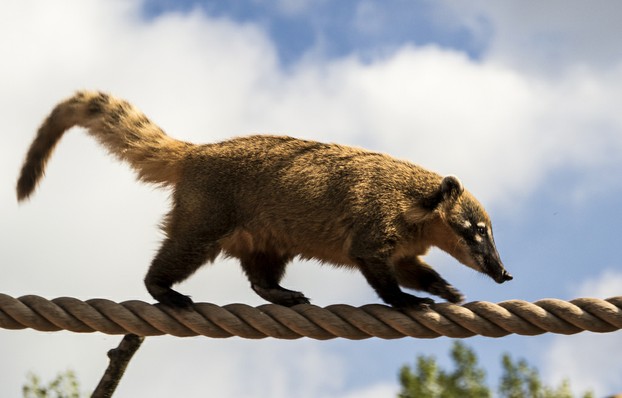
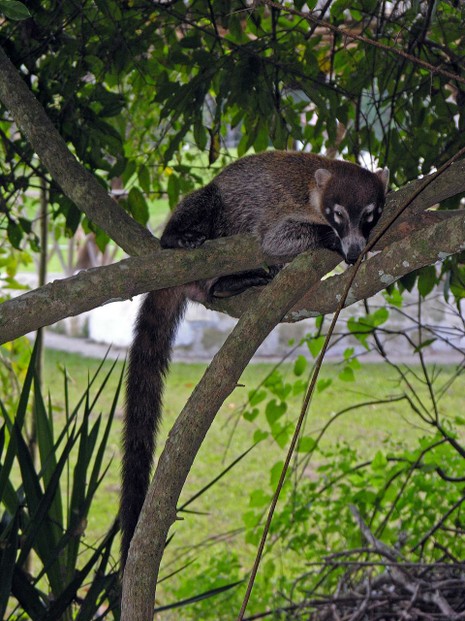
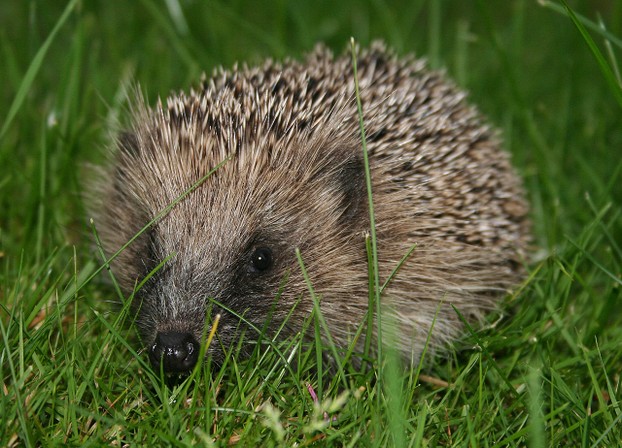
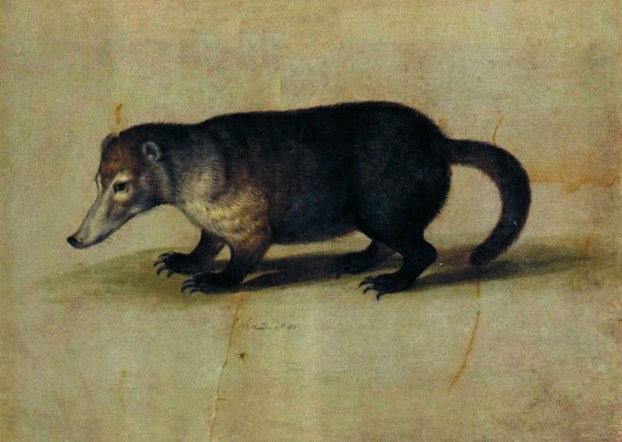
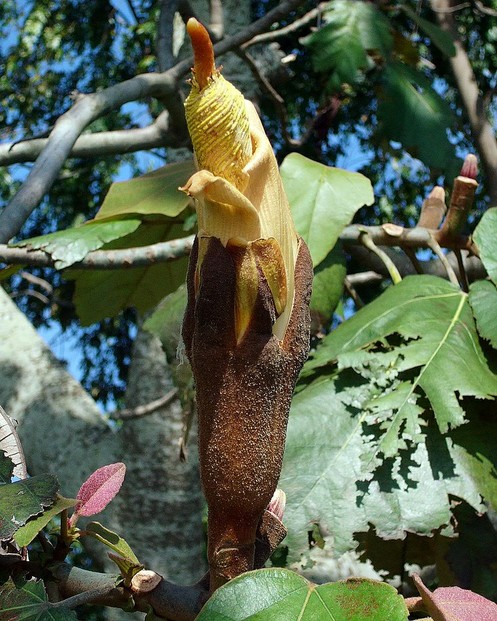


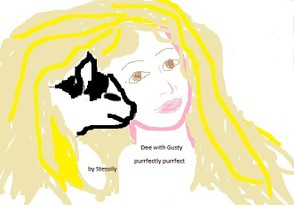


 Are Hawaiian Huakai Po Nightmarchers Avenging Halloween Thursday?on 10/02/2024
Are Hawaiian Huakai Po Nightmarchers Avenging Halloween Thursday?on 10/02/2024
 Mailing Addresses for 2023 Form 4868 Extending 1040 and 1040SR April 15, 2024, Due Dateon 04/15/2024
Mailing Addresses for 2023 Form 4868 Extending 1040 and 1040SR April 15, 2024, Due Dateon 04/15/2024
 Mailing Addresses for 2023 Forms 1040 and 1040SR Filed in 2024on 04/15/2024
Mailing Addresses for 2023 Forms 1040 and 1040SR Filed in 2024on 04/15/2024
 Mailing Addresses for 2022 Form 4868 Extending 1040 and 1040SR April 18, 2023, Due Dateon 04/13/2023
Mailing Addresses for 2022 Form 4868 Extending 1040 and 1040SR April 18, 2023, Due Dateon 04/13/2023

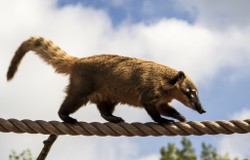
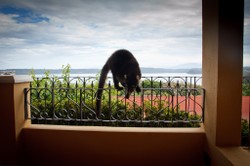
Comments